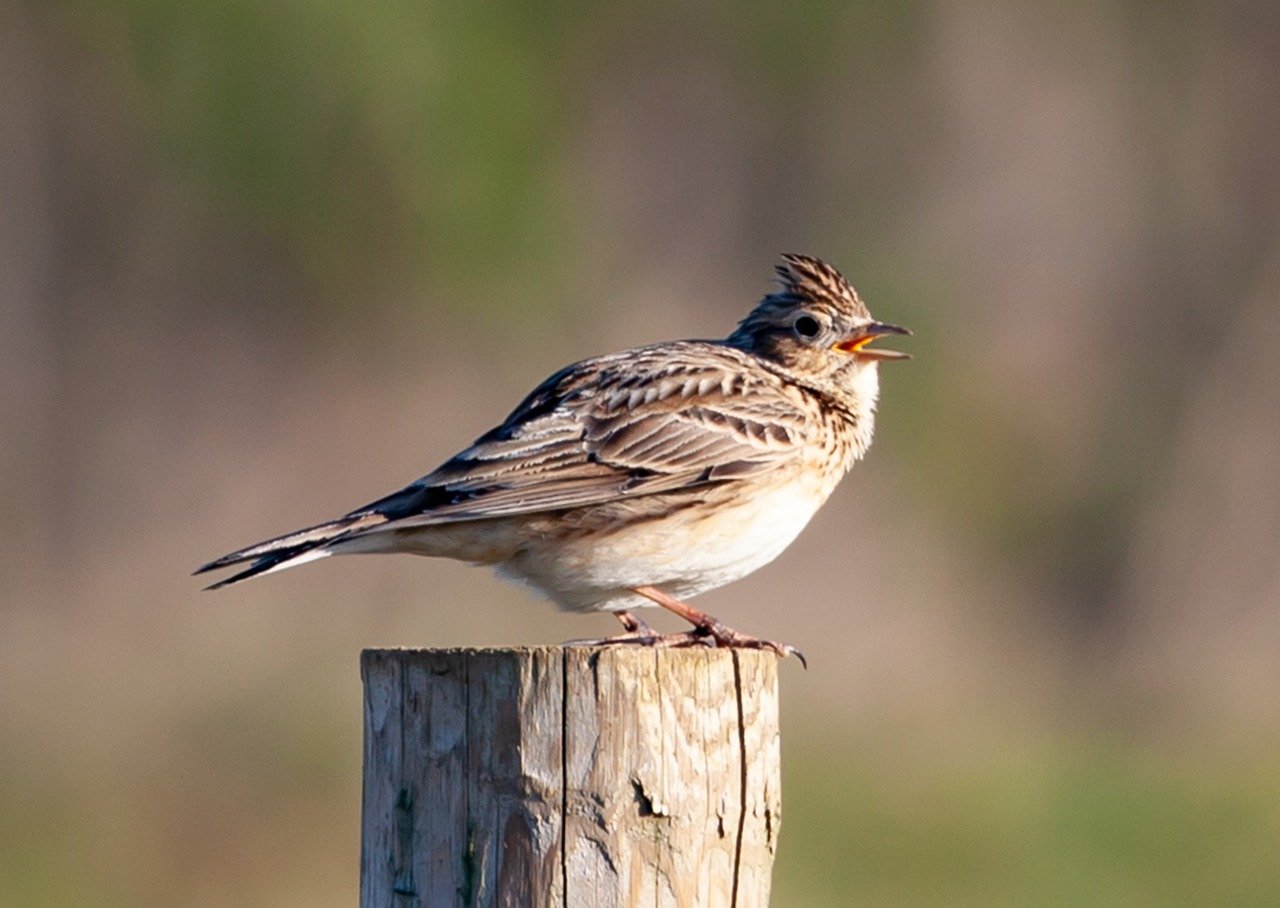Är tidig höskörd för ensilering en förbisedd orsak till sånglärkans Alauda arvensis beståndsnedgång i Sverige?
DOI:
https://doi.org/10.34080/os.v26.22526Nyckelord:
hot, tättingar, naturvård, lantbruk, häckningsframgång, antropogena effekterAbstract
In 2015 we studied the relative importance of silage and cereal crops as breeding habitat for the skylark Alauda arvensis. In 2014 we had found that skylarks failed to breed successfully in grass silage fields. We compared skylark density between crops in one organic and one conventional farm, c. 100 ha each, at Kvismaren valley in south Sweden (approx. 59.2°N; 15.4°E). The densities were similar in all crops: 83 territories/km2 in silage and 75 (spring sown) or 80 (autumn sown) in cereal. However, silage harvest in early June and July destroyed, as in the previous year, almost all nests, effectively preventing skylarks from reproducing successfully in that habitat. Cereal fields are not harvested until after the young are fledged. Approximately 45% of the farmland area in Sweden is grass for silage, normally harvested in late May or early June. We suggest that this early harvest is an important and overlooked driver for population decline of birds nesting in such fields.
Nedladdningar

Downloads
Publicerad
Referera så här
Nummer
Sektion
Licens
Författaren/författarna innehar copyright för varje enskilt bidrag, men samtliga bidrag är publicerade under en Creative Commons-licens, så att vem som helst kan dela och återanvända bidraget förutsatt att copyright-innehavaren erkänns.







